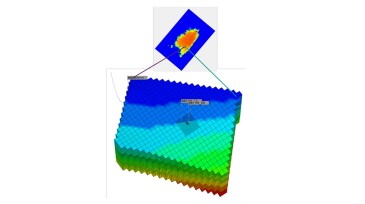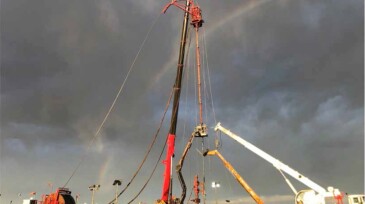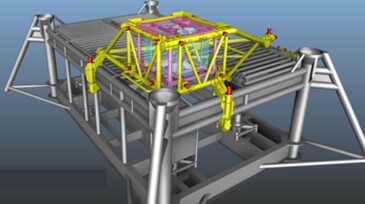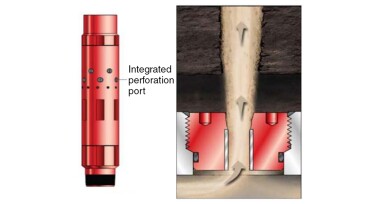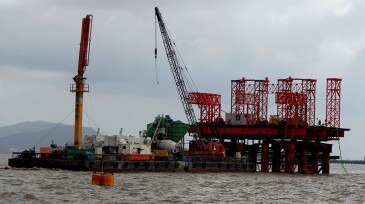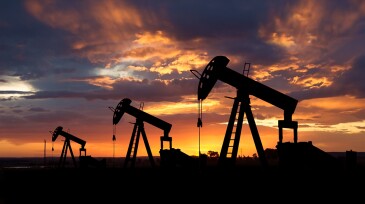Reservoir
Ranger acquires American Well Services for $90.5 million, adding 39 workover rigs and boosting its fleet by 25%.
Production from the Búzios field now tops 1 million B/D with six floating production systems in operation and more on the way.
Geophysicist Markos Sourial discusses advances in seismic imaging, the challenges of modern data processing, and what they mean for the next wave of subsurface professionals.
-
This paper presents the interpretation of two polymer-injectivity tests performed in two giant light-oil high-salinity/high-temperature carbonate reservoirs onshore Abu Dhabi.
-
The authors describe a casing-leak-repair alternative to allow continued hydraulic fracturing of an unconventional formation.
-
The authors describe coiled tubing operations that used a riser on a monohulled vessel already performing riserless interventions.
-
The paper describes the development of an alkaline/surfactant/polymer formulation for the Mangala field in India, which involved more than 30 corefloods.
-
In this paper, a comparison is presented of the range of production outcomes for Clair Phase 1 and Clair Ridge, including the potential downsides of relying on natural fractures.
-
This paper presents a novel mathematical model for design and evaluation of fluoroboric acid treatments that takes into account the chemical kinetics and equilibrium aspects of important reactions and fluid flow inside the reservoir rock.
-
A dissolvable collet field tested in an unconventional completion led to an average running time of 32 minutes per stage in a vertical section and 19 minutes per stage in the horizontal section.
-
The rise in energy consumption and increasing demand for energy security worldwide warrants the need to increase global hydrocarbon production. Current circumstances dictate focusing on low-cost and low-carbon EOR barrels to secure energy supply in the shorter term while continuing to develop innovative technologies and strategies for enhancing production in the longe…
-
The first acid job dates to 1895. Challenges remain, however, when it comes to lithology, coverage, penetration, and management of reaction products. These themes remain a focus for stimulation engineers.
-
In Part 2 of a series of articles, the author focuses on generating a connection between the problem types and various methods of trying to solve these problems.




